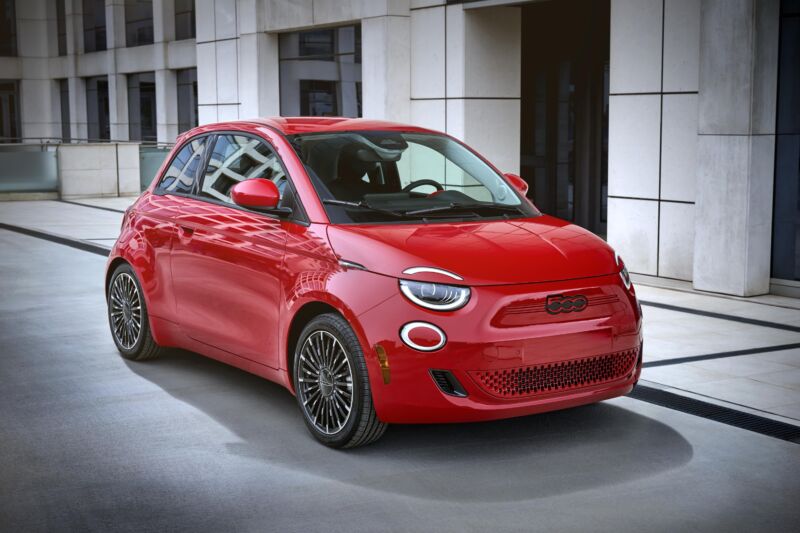
Stellantis
The North American electric vehicle fast charging plug war is over, bar some shouting. This week, Stellantis—which owns Dodge, Ram, Alfa Romeo, Fiat, and others—announced that it will adopt the new SAE J3400 charging standard for its battery electric vehicles beginning in 2025.
As a result, all the major automakers that sell BEVs in North America have made the switch to J3400, a process that began last May when Ford revealed it was ditching the Combined Charging Standard 1 (CCS1) socket for what was then called the North American Charging Standard (NACS).
In fact, the technical changes between the two are mild—NACS, now known as J3400, uses the same electronic communication protocols as CCS1. The real draw for Ford, and for each automaker who announced the switch since, has been negotiated access for their customers to Tesla’s Supercharger network, which far outstrips the CCS1 infrastructure in the US and Canada.
But the Stellantis press release is curiously quiet on that front. Instead, it draws attention to the newly named IONNA network, a joint venture between Stellantis and six other automakers which plans to deploy 30,000 DC fast chargers across North America starting this year.
“Customers win when the industry aligns on open standards. We are happy to announce our backing and adoption of the SAE J3400 connector, a milestone for all customers on the path to open and seamless charging,” said Ricardo Stamatti, Stellantis SVP of global energy and charging. “Our Dare Forward 2030 strategic plan puts customers at the center of open interoperability and freedom of mobility for all. This future will be amplified by IONNA, our public charging joint venture with six other OEMs that will deliver industry-leading high-powered charging for all battery-electric vehicles regardless of brand.”
Stellantis-brand BEVs featuring the J3400 port should arrive in showrooms in the second half of 2025 as part of the company’s 2026 model year.

